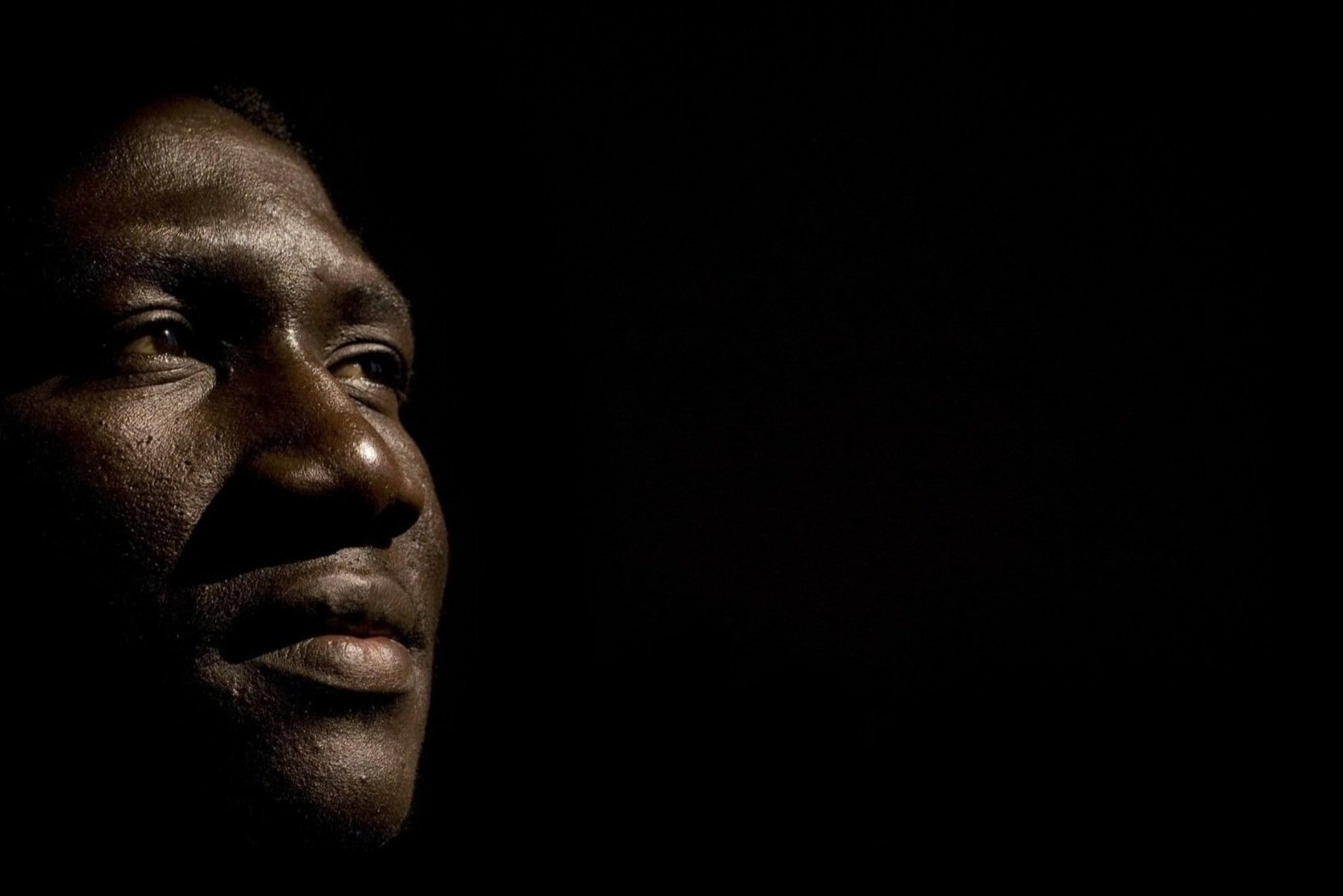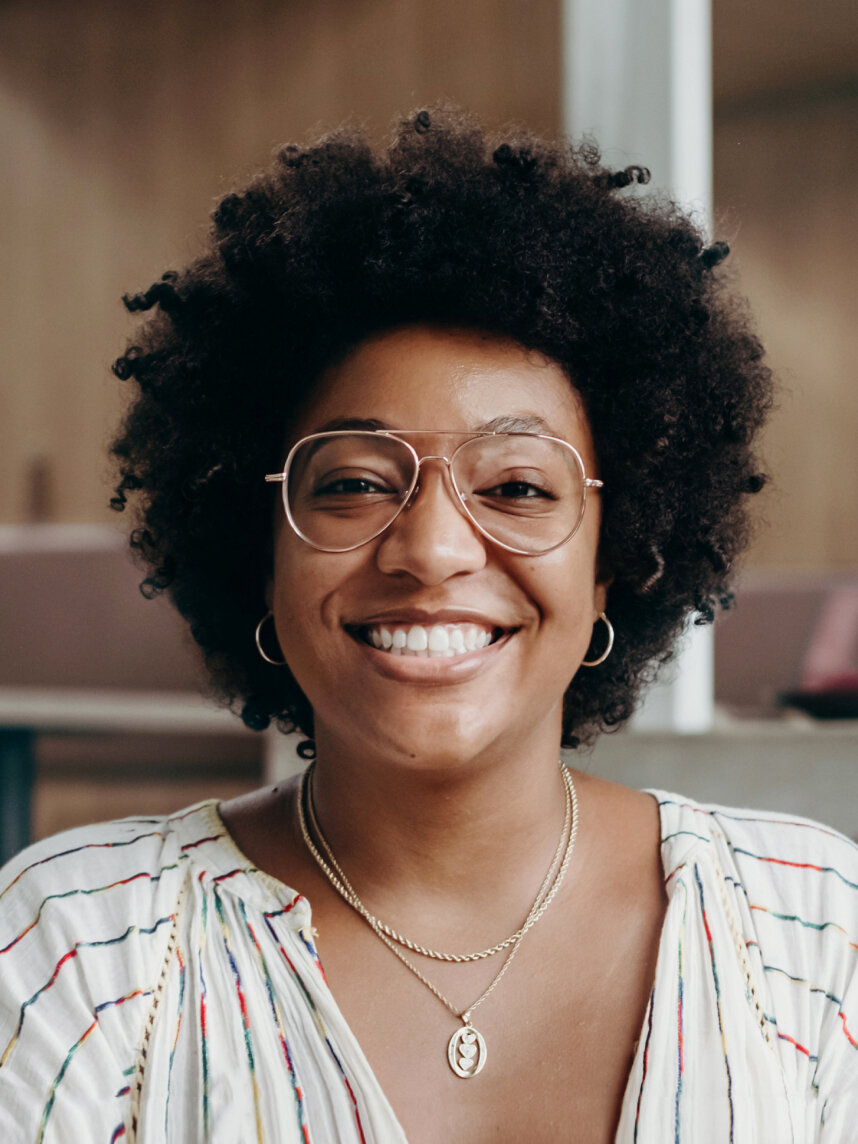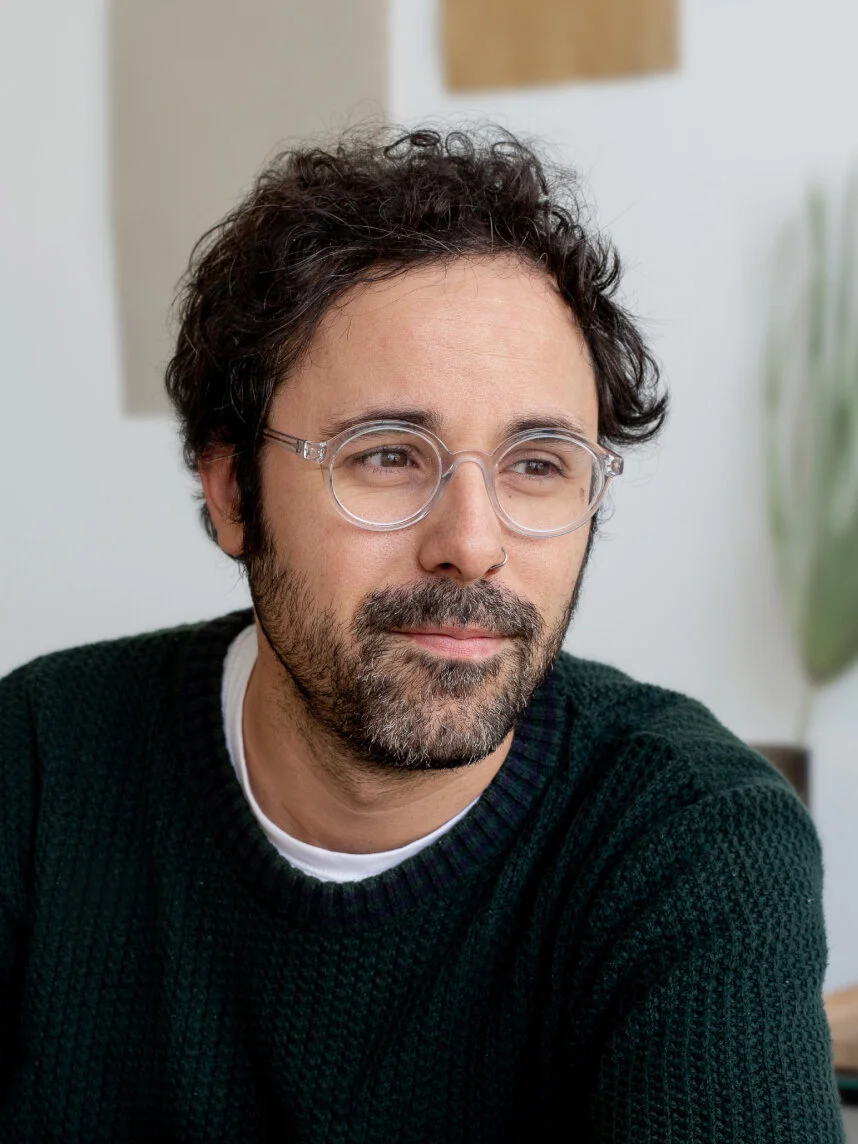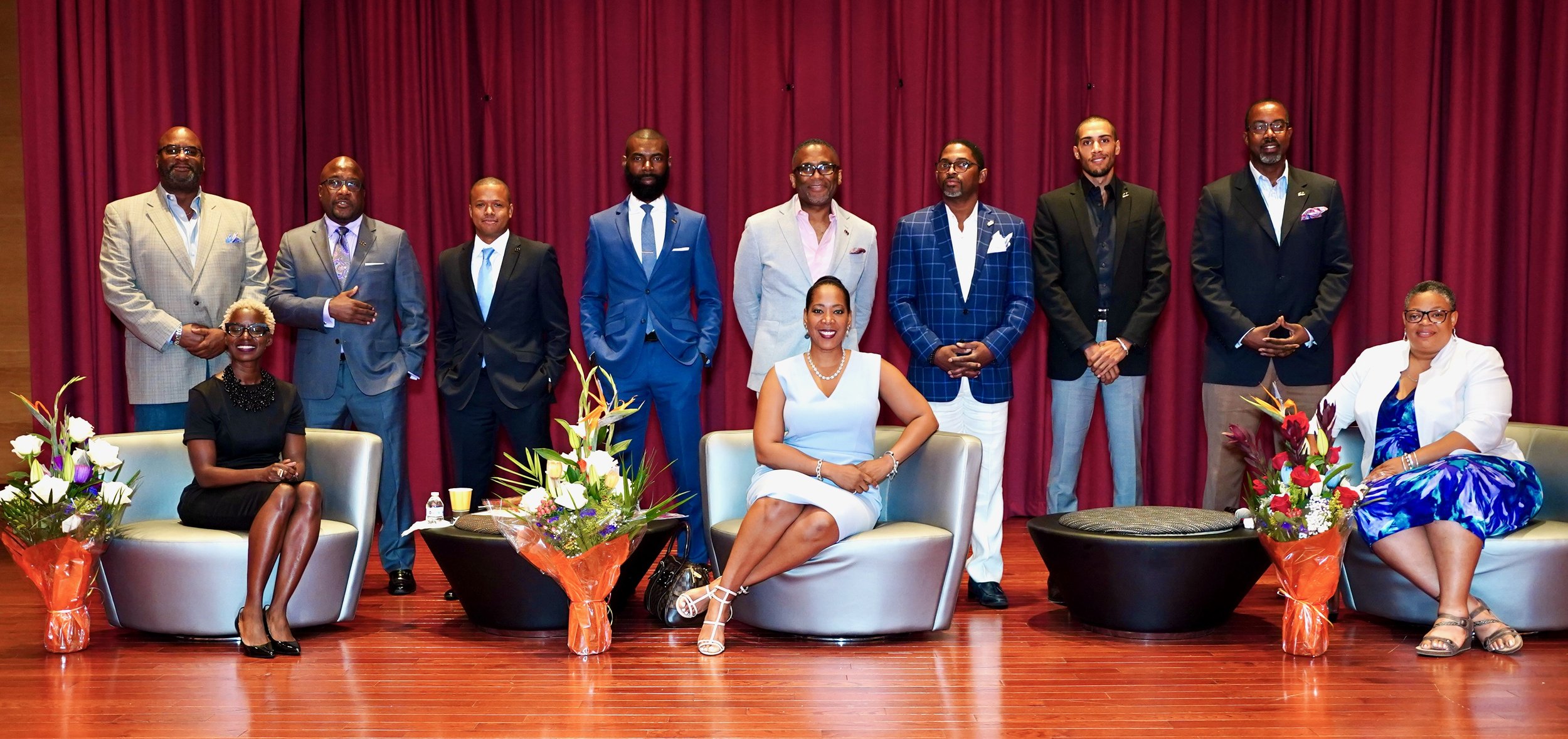“true leaders don't create followers they create more leaders”
— Tom Peters
Our Board of Director
Our Board of Director
-

Curtiss Jacobs
PRESIDENT
BOARD CHAIRMAN
-

Andres Alexander
BOARD DIRECTOR
OPERATIONS & TECHNOLOGY
-

Fred P. Banny Jr.
BOARD DIRECTOR
MENTORING COMMITTEE CHAIR
-

Matthew Lundy
BOARD DIRECTOR
TREASURER
-

Dr. Errol Pierre
BOARD DIRECTOR
HEALTH & WELLNESS CHAIR
-

Fredrick Richardson
BOARD DIRECTOR
COMMUNITY PARTNERSHIPS
-

Adrian Stratton
BOARD DIRECTOR
PARLIMENTARIAN
-

Lamont Mency
BOARD DIRECTOR
-

Shannon Ziegler
BOARD DIRECTOR
ECONOMIC EMPOWERMENT CHAIR
-

Curtiss Jacobs
PRESIDENT
BOARD CHAIRMAN
-

Andres Alexander
BOARD DIRECTOR
OPERATIONS & TECHNOLOGY
-

Fred P. Banny Jr.
BOARD DIRECTOR
MENTORING COMMITTEE CHAIR
-

Matthew Lundy
BOARD DIRECTOR
TREASURER
-

Dr. Errol Pierre
BOARD DIRECTOR
HEALTH & WELLNESS CHAIR
-

Fredrick Richardson
BOARD DIRECTOR
COMMUNITY PARTNERSHIPS
-

Adrian Stratton
BOARD DIRECTOR
PARLIMENTARIAN
-

Lamont Mency
BOARD DIRECTOR
President’s Advisory Council
-

Gregory Floyd
PRESIDENT TEAMSTERS LOCAL 237
It all begins with an idea. Maybe you want to launch a business. Maybe you want to turn a hobby into something more.
-

Paul Hewitt
COACH & SCOUT LOS ANGELES CLIPPERS ORGANIZATION
It all begins with an idea. Maybe you want to launch a business. Maybe you want to turn a hobby into something more.
-

Dr. Michele Shannon
NATIONAL LEADERSHIP FACILITATOR NYC LEADERSHIP ACADEMY
It all begins with an idea. Maybe you want to launch a business. Maybe you want to turn a hobby into something more.
-

Clyde Williams
FORMER DOMESTIC POLICY ADVISOR TO PRESIDENT WILLIAM JEFFERSON CLINTON
-

Keith Wyche
AUTHOR CORPORATE VP, WALMART CORPORATION
Our History

History…….
100 Black Men of Long Island Inc. (OHBMLI)
Was established in 1974 and incorporated the same year as a non-profit organization.The purpose of the organization is to improve the quality of life in Nassau-Suffolk Counties. The membership of OHBMLI is composed of men who demonstrate excellence in a broad range of professional endeavors.
100 Black Men of America Inc. (The 100)
The overall concept of the 100 began in New York in 1963 when a group of concerned African American men began to meet to explore ways of improving conditions in their community. The group eventually adopted the name, “100 Black Men, Inc.” as a sign of solidarity. These men envisioned an organization that would implement programs designed to improve the quality of life for African Americans and other minorities. They also wished to ensure the future of their communities by aiming an intense number of resources toward youth development. These members were successful black men from various walks of life. These visionaries were business and industry leaders such as David Dinkins, Robert Mangum, Dr. William Hayling, Nathaniel Goldston III, Livingston Wingate, Andrew Hatcher, and Jackie Robinson. Dr. William Hayling, a member of the NY organization, had relocated to Newark, NJ and sought to replicate the 100’s impact in that area. In 1976 Dr. Hayling formed the 100 Black Men of New Jersey. A movement had been born. Men across the country began to form 100 Black Men organizations to leverage their collective talents and resources. Chapters were formed in Los Angeles, Indianapolis, St. Louis, Pittsburgh, Atlanta, San Francisco/Oakland Bay Area, Nassau/Suffolk, Alton, and Sacramento.
On September 21, 1983, a three-hour meeting was held at the Washington Hilton Hotel in Washington, D.C., among representatives from the Los Angeles, New York, New Jersey, and St. Louis chapters. This meeting was to evaluate the feasibility of establishing a National Organization for 100 Black Men. This meeting was held during the annual weekend meeting of the Congressional Black Caucus. Representative of St. Louis, Pittsburgh, Atlanta, the San Francisco/Oakland Bay Area, Nassau/Suffolk and Sacramento met for a second time in Las Vegas, May 11-13, 1984, at the Las Vegas Hilton Hotel. The men engaged in extensive discussions about the most effective structure to support the growth and governance of 100 Black Men chapters.
The third meeting was held May 16-18, 1986 at the Flamingo Hilton Hotel in Las Vegas. At this meeting it was agreed that the best model for a newly-formed national organization was a federation governance model. This model leveraged human and financial resources, and supported chapter growth while preserving chapter autonomy. It was also voted that a National Steering Committee would include the Presidents of each chapter, along with two members from each chapter.
A final meeting was held on October 2, 1986 at the L’Enfant Plaza Hotel in Washington. Chapters represented were: Los Angeles, St. Louis, Indianapolis, Atlanta and New Jersey. The chapters decided that the name of the organization would be: “100 Black Men of America, Inc.”
The following individuals were elected as officers:
Dr. William Hayling (Los Angeles) President Moses Gray (Indianapolis) Secretary Oliver Lofton, Esq. (New Jersey) Vice-President Jesse C. Swanigan (St. Louis) Treasurer On May 27, 1987, in Atlanta, Georgia, this newly formed organization introduced itself to the nation during its first national conference. Noted speakers included the late Alex P. Haley and the late Honorable Maynard H. Jackson.
In 1989, Nathaniel R. Goldston III became the organization’s second National President and grew the organization to 43 chapters. Mr. Goldston used his business acumen and resources to expand the number of chapters and enhancing the organization’s infrastructure. Under Mr. Goldston, the organization acquired its first national office and its first Executive Director. Along with Mr. Goldston, Warren Valdrey (Vice President), T.B. Boyd III (Treasurer) and Moses Gray (Secretary) served as elected officers.
In 1994, Thomas W. Dortch Jr. was elected the third National President. That year, he spearheaded an aggressive plan entitled Four For The Future™. Since that time, the organization has strategically channeled its resources toward programs that support these important areas: Mentoring, Education, Health & Wellness, and Economic Development. The 100 has identified these areas as being critical to the future of African Americans.
Along with Mr. Dortch, LeRoy G. Walker, Jr. (Vice President), William L. Wimberly (Vice President), Hon. Roosevelt F. Dorn (Vice President), Lonnie J. Carr (Treasurer), and Albert E. Dotson, Jr. (Secretary). In 1997, under Mr. Dortch’s leadership the organization expanded internationally with the chartering of the Birmingham, England chapter. Additional international chapters and interest groups followed including: Nassau Bahamas, Goree Island, Senegal, Kingston, Jamaica, U.S. Virgin Islands, and London, England. It was also in 1997 that the organization purchased its World Headquarters building on historic Auburn Avenue in Atlanta, Georgia. Also, during Mr. Dortch’s tenure, the Collegiate 100 was formed to focus the next generation on mentoring

History…….
100 Black Men of Long Island Inc. (OHBMLI)
Was established in 1974 and incorporated the same year as a non-profit organization.The purpose of the organization is to improve the quality of life in Nassau-Suffolk Counties. The membership of OHBMLI is composed of men who demonstrate excellence in a broad range of professional endeavors.
100 Black Men of America Inc. (The 100)
The overall concept of the 100 began in New York in 1963 when a group of concerned African American men began to meet to explore ways of improving conditions in their community. The group eventually adopted the name, “100 Black Men, Inc.” as a sign of solidarity. These men envisioned an organization that would implement programs designed to improve the quality of life for African Americans and other minorities. They also wished to ensure the future of their communities by aiming an intense number of resources toward youth development. These members were successful black men from various walks of life. These visionaries were business and industry leaders such as David Dinkins, Robert Mangum, Dr. William Hayling, Nathaniel Goldston III, Livingston Wingate, Andrew Hatcher, and Jackie Robinson. Dr. William Hayling, a member of the NY organization, had relocated to Newark, NJ and sought to replicate the 100’s impact in that area. In 1976 Dr. Hayling formed the 100 Black Men of New Jersey. A movement had been born. Men across the country began to form 100 Black Men organizations to leverage their collective talents and resources. Chapters were formed in Los Angeles, Indianapolis, St. Louis, Pittsburgh, Atlanta, San Francisco/Oakland Bay Area, Nassau/Suffolk, Alton, and Sacramento.
On September 21, 1983, a three-hour meeting was held at the Washington Hilton Hotel in Washington, D.C., among representatives from the Los Angeles, New York, New Jersey, and St. Louis chapters. This meeting was to evaluate the feasibility of establishing a National Organization for 100 Black Men. This meeting was held during the annual weekend meeting of the Congressional Black Caucus. Representative of St. Louis, Pittsburgh, Atlanta, the San Francisco/Oakland Bay Area, Nassau/Suffolk and Sacramento met for a second time in Las Vegas, May 11-13, 1984, at the Las Vegas Hilton Hotel. The men engaged in extensive discussions about the most effective structure to support the growth and governance of 100 Black Men chapters.
The third meeting was held May 16-18, 1986 at the Flamingo Hilton Hotel in Las Vegas. At this meeting it was agreed that the best model for a newly-formed national organization was a federation governance model. This model leveraged human and financial resources, and supported chapter growth while preserving chapter autonomy. It was also voted that a National Steering Committee would include the Presidents of each chapter, along with two members from each chapter.
A final meeting was held on October 2, 1986 at the L’Enfant Plaza Hotel in Washington. Chapters represented were: Los Angeles, St. Louis, Indianapolis, Atlanta and New Jersey. The chapters decided that the name of the organization would be: “100 Black Men of America, Inc.”
The following individuals were elected as officers:
Dr. William Hayling (Los Angeles) President Moses Gray (Indianapolis) Secretary Oliver Lofton, Esq. (New Jersey) Vice-President Jesse C. Swanigan (St. Louis) Treasurer On May 27, 1987, in Atlanta, Georgia, this newly formed organization introduced itself to the nation during its first national conference. Noted speakers included the late Alex P. Haley and the late Honorable Maynard H. Jackson.
In 1989, Nathaniel R. Goldston III became the organization’s second National President and grew the organization to 43 chapters. Mr. Goldston used his business acumen and resources to expand the number of chapters and enhancing the organization’s infrastructure. Under Mr. Goldston, the organization acquired its first national office and its first Executive Director. Along with Mr. Goldston, Warren Valdrey (Vice President), T.B. Boyd III (Treasurer) and Moses Gray (Secretary) served as elected officers.
In 1994, Thomas W. Dortch Jr. was elected the third National President. That year, he spearheaded an aggressive plan entitled Four For The Future™. Since that time, the organization has strategically channeled its resources toward programs that support these important areas: Mentoring, Education, Health & Wellness, and Economic Development. The 100 has identified these areas as being critical to the future of African Americans.
Along with Mr. Dortch, LeRoy G. Walker, Jr. (Vice President), William L. Wimberly (Vice President), Hon. Roosevelt F. Dorn (Vice President), Lonnie J. Carr (Treasurer), and Albert E. Dotson, Jr. (Secretary). In 1997, under Mr. Dortch’s leadership the organization expanded internationally with the chartering of the Birmingham, England chapter. Additional international chapters and interest groups followed including: Nassau Bahamas, Goree Island, Senegal, Kingston, Jamaica, U.S. Virgin Islands, and London, England. It was also in 1997 that the organization purchased its World Headquarters building on historic Auburn Avenue in Atlanta, Georgia. Also, during Mr. Dortch’s tenure, the Collegiate 100 was formed to focus the next generation on mentoring
-

Curtiss Jacobs
PRESIDENT
BOARD CHAIRMAN
-

Andres Alexander
BOARD DIRECTOR
OPERATIONS & TECHNOLOGY
-

Fred P. Banny Jr.
BOARD DIRECTOR
MENTORING COMMITTEE CHAIR
-

Matthew Lundy
BOARD DIRECTOR
TREASURER
-

Dr. Errol Pierre
BOARD DIRECTOR
HEALTH & WELLNESS CHAIR
-

Fredrick Richardson
BOARD DIRECTOR
COMMUNITY PARTNERSHIPS
-

Adrian Stratton
BOARD DIRECTOR
PARLIMENTARIAN
-

Lamont Mency
BOARD DIRECTOR
-

Shannon Ziegler
BOARD DIRECTOR
ECONOMIC EMPOWERMENT CHAIR

History…….
100 Black Men of Long Island Inc. (OHBMLI)
Was established in 1974 and incorporated the same year as a non-profit organization.The purpose of the organization is to improve the quality of life in Nassau-Suffolk Counties. The membership of OHBMLI is composed of men who demonstrate excellence in a broad range of professional endeavors.
100 Black Men of America Inc. (The 100)
The overall concept of the 100 began in New York in 1963 when a group of concerned African American men began to meet to explore ways of improving conditions in their community. The group eventually adopted the name, “100 Black Men, Inc.” as a sign of solidarity. These men envisioned an organization that would implement programs designed to improve the quality of life for African Americans and other minorities. They also wished to ensure the future of their communities by aiming an intense number of resources toward youth development. These members were successful black men from various walks of life. These visionaries were business and industry leaders such as David Dinkins, Robert Mangum, Dr. William Hayling, Nathaniel Goldston III, Livingston Wingate, Andrew Hatcher, and Jackie Robinson. Dr. William Hayling, a member of the NY organization, had relocated to Newark, NJ and sought to replicate the 100’s impact in that area. In 1976 Dr. Hayling formed the 100 Black Men of New Jersey. A movement had been born. Men across the country began to form 100 Black Men organizations to leverage their collective talents and resources. Chapters were formed in Los Angeles, Indianapolis, St. Louis, Pittsburgh, Atlanta, San Francisco/Oakland Bay Area, Nassau/Suffolk, Alton, and Sacramento.
On September 21, 1983, a three-hour meeting was held at the Washington Hilton Hotel in Washington, D.C., among representatives from the Los Angeles, New York, New Jersey, and St. Louis chapters. This meeting was to evaluate the feasibility of establishing a National Organization for 100 Black Men. This meeting was held during the annual weekend meeting of the Congressional Black Caucus. Representative of St. Louis, Pittsburgh, Atlanta, the San Francisco/Oakland Bay Area, Nassau/Suffolk and Sacramento met for a second time in Las Vegas, May 11-13, 1984, at the Las Vegas Hilton Hotel. The men engaged in extensive discussions about the most effective structure to support the growth and governance of 100 Black Men chapters.
The third meeting was held May 16-18, 1986 at the Flamingo Hilton Hotel in Las Vegas. At this meeting it was agreed that the best model for a newly-formed national organization was a federation governance model. This model leveraged human and financial resources, and supported chapter growth while preserving chapter autonomy. It was also voted that a National Steering Committee would include the Presidents of each chapter, along with two members from each chapter.
A final meeting was held on October 2, 1986 at the L’Enfant Plaza Hotel in Washington. Chapters represented were: Los Angeles, St. Louis, Indianapolis, Atlanta and New Jersey. The chapters decided that the name of the organization would be: “100 Black Men of America, Inc.”
The following individuals were elected as officers:
Dr. William Hayling (Los Angeles) President Moses Gray (Indianapolis) Secretary Oliver Lofton, Esq. (New Jersey) Vice-President Jesse C. Swanigan (St. Louis) Treasurer On May 27, 1987, in Atlanta, Georgia, this newly formed organization introduced itself to the nation during its first national conference. Noted speakers included the late Alex P. Haley and the late Honorable Maynard H. Jackson.
In 1989, Nathaniel R. Goldston III became the organization’s second National President and grew the organization to 43 chapters. Mr. Goldston used his business acumen and resources to expand the number of chapters and enhancing the organization’s infrastructure. Under Mr. Goldston, the organization acquired its first national office and its first Executive Director. Along with Mr. Goldston, Warren Valdrey (Vice President), T.B. Boyd III (Treasurer) and Moses Gray (Secretary) served as elected officers.
In 1994, Thomas W. Dortch Jr. was elected the third National President. That year, he spearheaded an aggressive plan entitled Four For The Future™. Since that time, the organization has strategically channeled its resources toward programs that support these important areas: Mentoring, Education, Health & Wellness, and Economic Development. The 100 has identified these areas as being critical to the future of African Americans.
Along with Mr. Dortch, LeRoy G. Walker, Jr. (Vice President), William L. Wimberly (Vice President), Hon. Roosevelt F. Dorn (Vice President), Lonnie J. Carr (Treasurer), and Albert E. Dotson, Jr. (Secretary). In 1997, under Mr. Dortch’s leadership the organization expanded internationally with the chartering of the Birmingham, England chapter. Additional international chapters and interest groups followed including: Nassau Bahamas, Goree Island, Senegal, Kingston, Jamaica, U.S. Virgin Islands, and London, England. It was also in 1997 that the organization purchased its World Headquarters building on historic Auburn Avenue in Atlanta, Georgia. Also, during Mr. Dortch’s tenure, the Collegiate 100 was formed to focus the next generation on mentoring
Chapter History
100 Black Men of Long Island Inc. (OHBMLI)
Was established in 1974 and incorporated the same year as a non-profit organization.The purpose of the organization is to improve the quality of life in Nassau-Suffolk Counties. The membership of OHBMLI is composed of men who demonstrate excellence in a broad range of professional endeavors.
It all begins with an idea. Maybe you want to launch a business. Maybe you want to turn a hobby into something more. Or maybe you have a creative project to share with the world. Whatever it is, the way you tell your story online can make all the difference.
Don’t worry about sounding professional. Sound like you. There are over 1.5 billion websites out there, but your story is what’s going to separate this one from the rest. If you read the words back and don’t hear your own voice in your head, that’s a good sign you still have more work to do.
Be clear, be confident and don’t overthink it. The beauty of your story is that it’s going to continue to evolve and your site can evolve with it. Your goal should be to make it feel right for right now. Later will take care of itself. It always does.
-

Gregory Floyd
PRESIDENT TEAMSTERS LOCAL 237
It all begins with an idea. Maybe you want to launch a business. Maybe you want to turn a hobby into something more.
-

Paul Hewitt
COACH & SCOUT LOS ANGELES CLIPPERS ORGANIZATION
It all begins with an idea. Maybe you want to launch a business. Maybe you want to turn a hobby into something more.
-

Dr. Michele Shannon
NATIONAL LEADERSHIP FACILITATOR NYC LEADERSHIP ACADEMY
It all begins with an idea. Maybe you want to launch a business. Maybe you want to turn a hobby into something more.
Make it stand out.
It all begins with an idea. Maybe you want to launch a business. Maybe you want to turn a hobby into something more. Or maybe you have a creative project to share with the world. Whatever it is, the way you tell your story online can make all the difference.
Upcoming events.

Make it stand out.
Whatever it is, the way you tell your story online can make all the difference.
Make it stand out.
It all begins with an idea. Maybe you want to launch a business. Maybe you want to turn a hobby into something more. Or maybe you have a creative project to share with the world. Whatever it is, the way you tell your story online can make all the difference.

